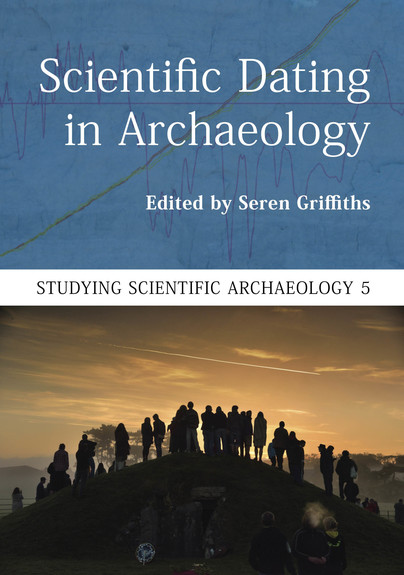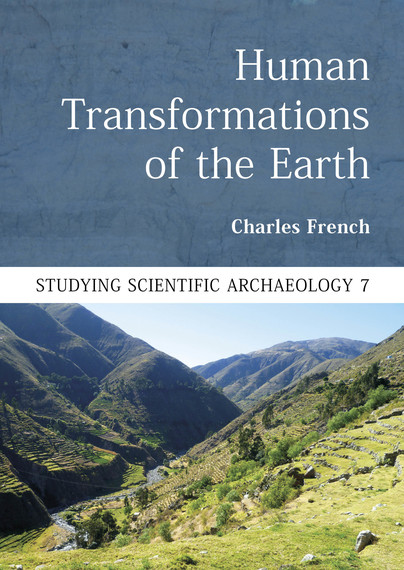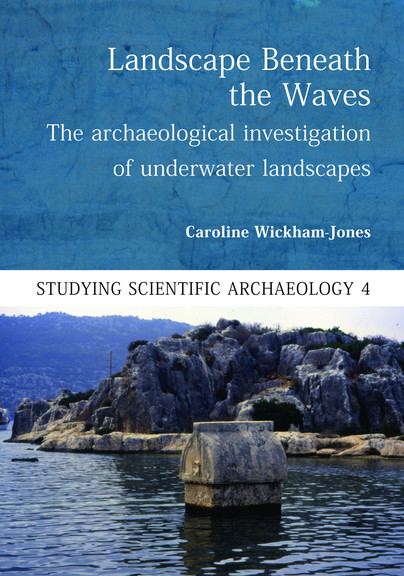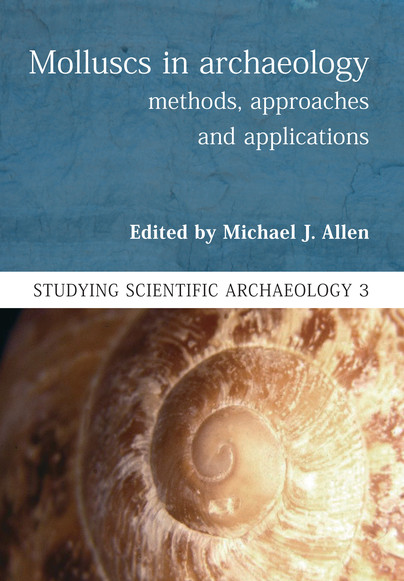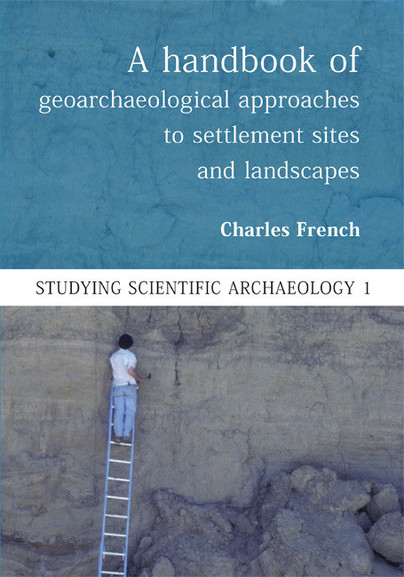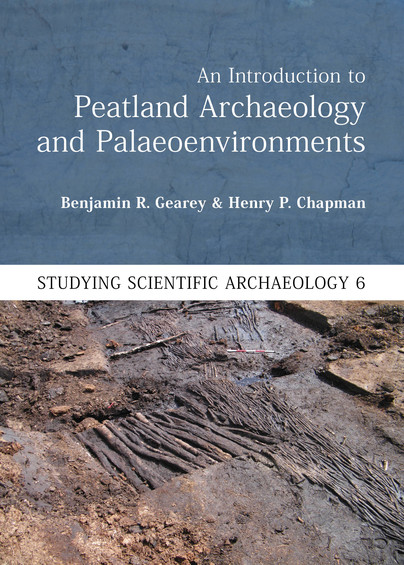
Studying Scientific Archaeology is a peer reviewed series from Oxbow Books which publishes titles on a wide variety of scientific topics in archaeology aimed at students at all levels. These examine the methods, procedures and reasoning behind various scientific approaches to archaeological data and present case studies or extended examples to demonstrate how data is used and interpretations are arrived at. Volumes demonstrate how scientific analyses contribute to our wider understanding of past human behaviour, technology and economy, and encourage readers in practical research rather than just presenting collected papers as statements of work completed. Titles in this series are already featuring as recommended reading for university courses, providing a sound basis for the appreciation and application of scientific archaeology.
(Print binding: Paperback | Format: 240 x 170 mm)

